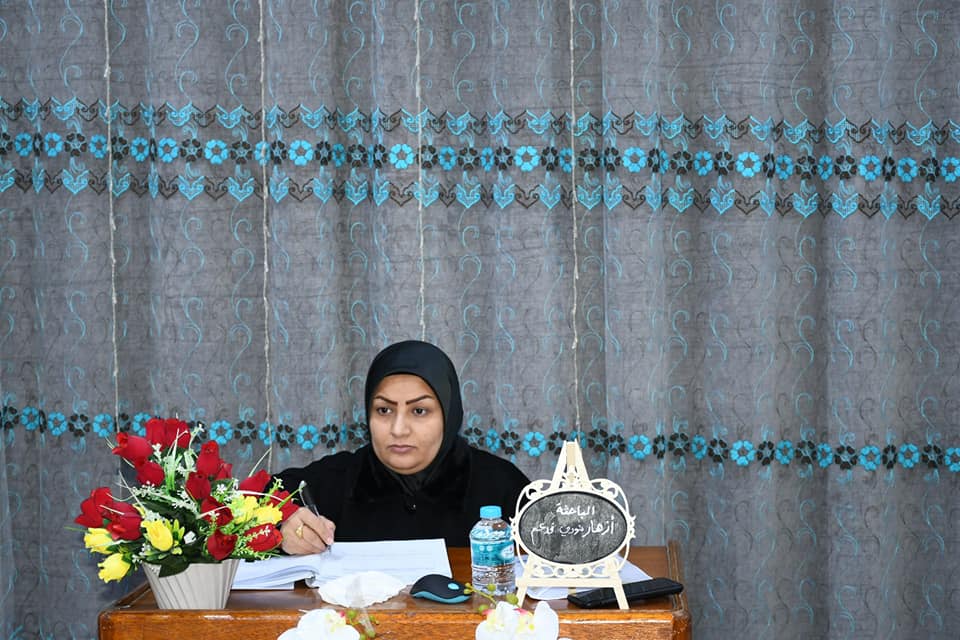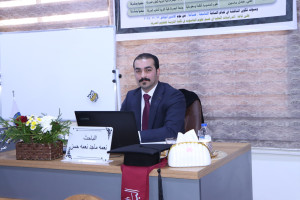
The College of Education for Pure Sciences at the University of Basrah discussed a master's thesis on the impact of pollution by methane gases, hydrogen sulfide and carbon monoxide on the biodiversity of birds in Basrah Governorate. Governorate.
The thesis submitted by the student (Azhar Nouri Fadaam) included
A study of the societal structure of birds in different environments in the governorate, which is the first study that sheds light on birds in urban environments
As well as measuring some gases polluting the air of Basra Governorate, and the impact of these gases on the biodiversity of birds at these stations. Also, the effect of pollution on bird genes was studied. It was concluded from the study:
The northern regions of the governorate rich in water swamps, represented by Qurna, were considered the most regions in terms of the species diversity of birds, followed by the Shatt al-Arab agricultural region adjacent to the Shatt al-Arab.
The results of air pollution with toxic gases in the province of Basra showed that the recorded concentrations exceeded the international limits allowed internationally.
Gaseous pollutants have a negative impact on the biodiversity in the governorate, especially in the areas of Khor Al-Zubair and Al-Qurna.
Khor Al-Zubair station was the highest polluted with oxides, while Shatt Al-Arab station was the highest polluted with heavy metals.
The occurrence of genetic mutations in the sparrow in the COX1 gene is a great indication of the occurrence of one of the two types, either mutations that fall within the evolutionary process of the bird in order to resist the negative effect of pollutants, or they are mutations that have negative effects on the organism.








